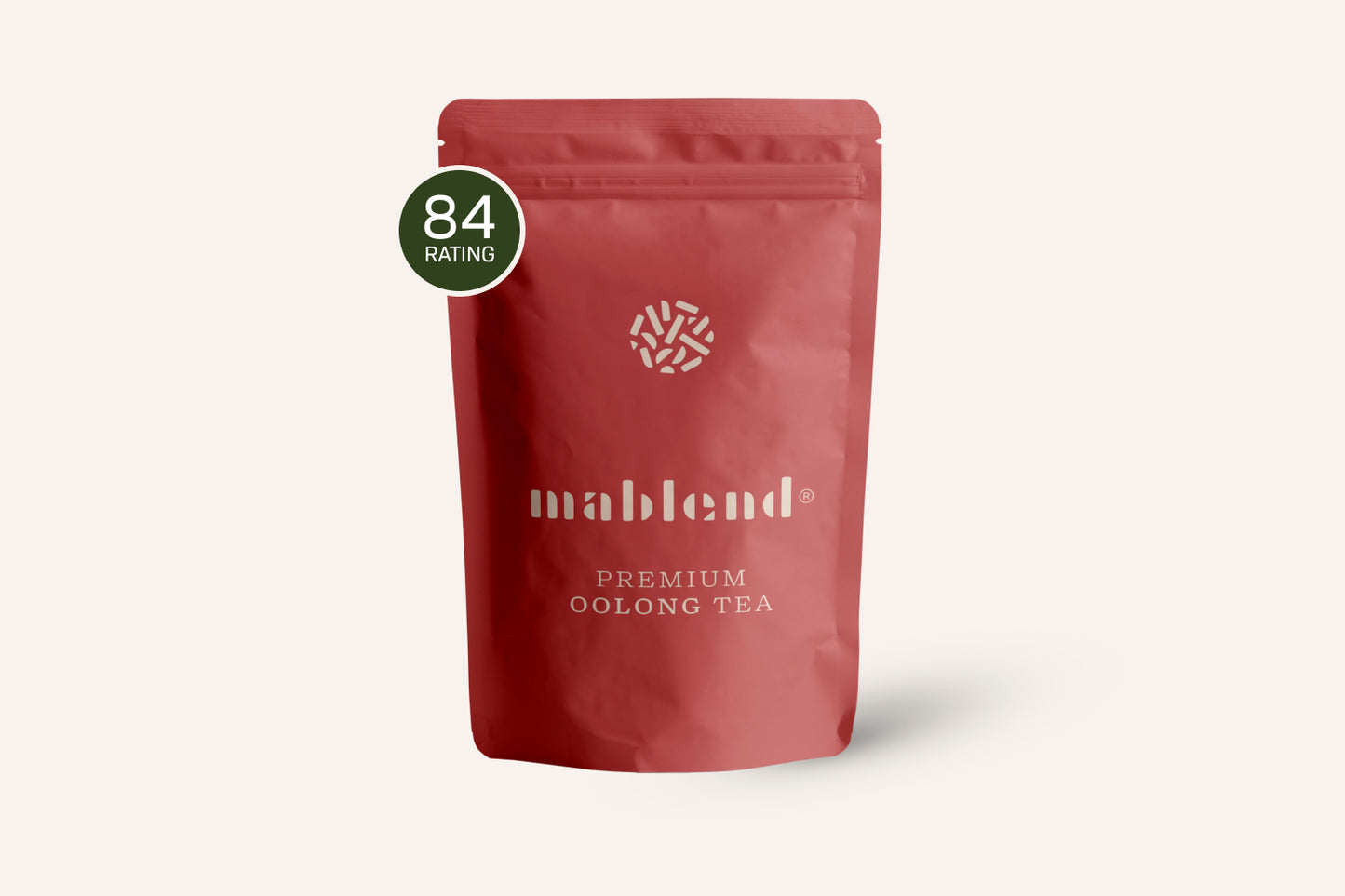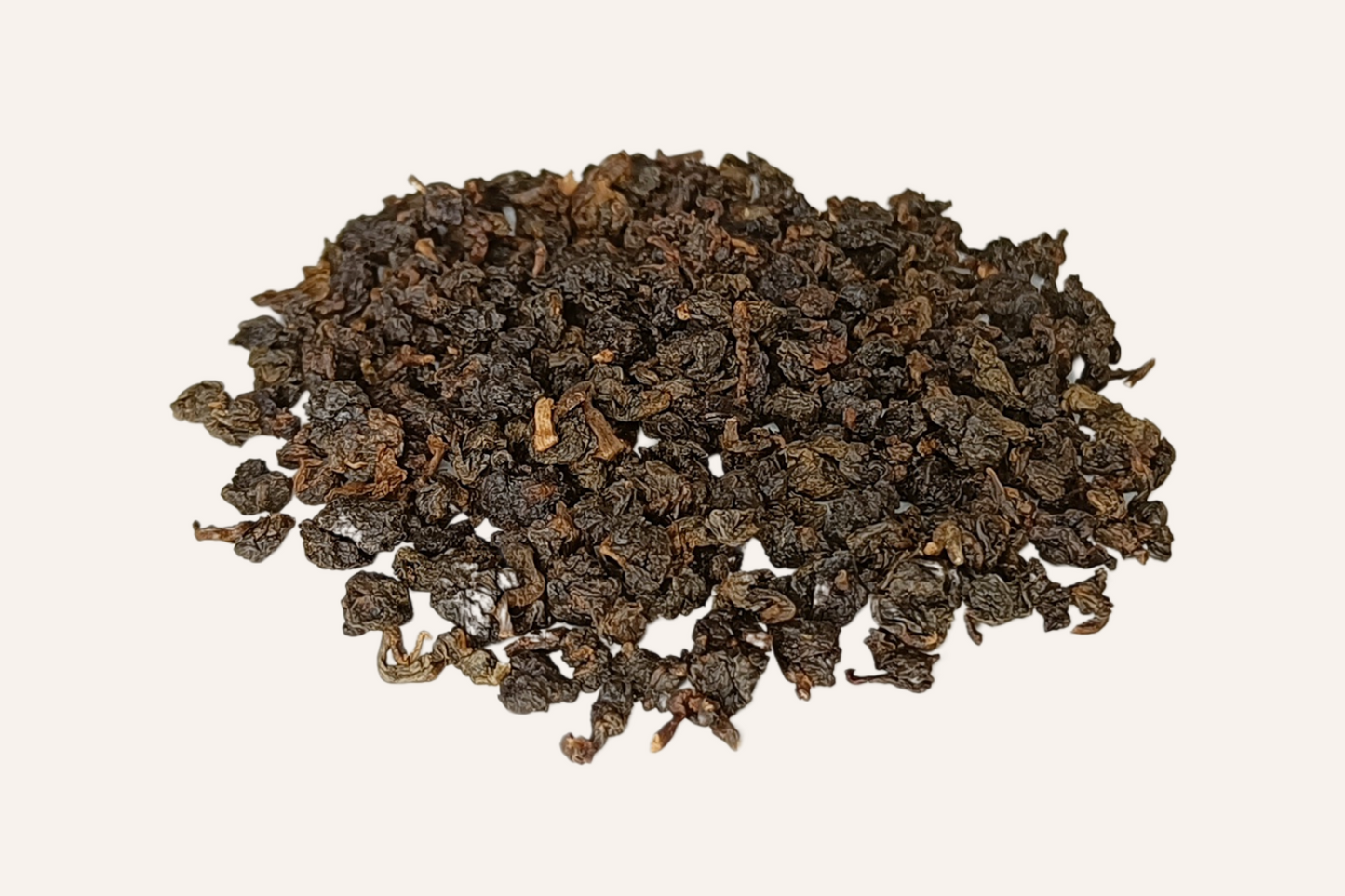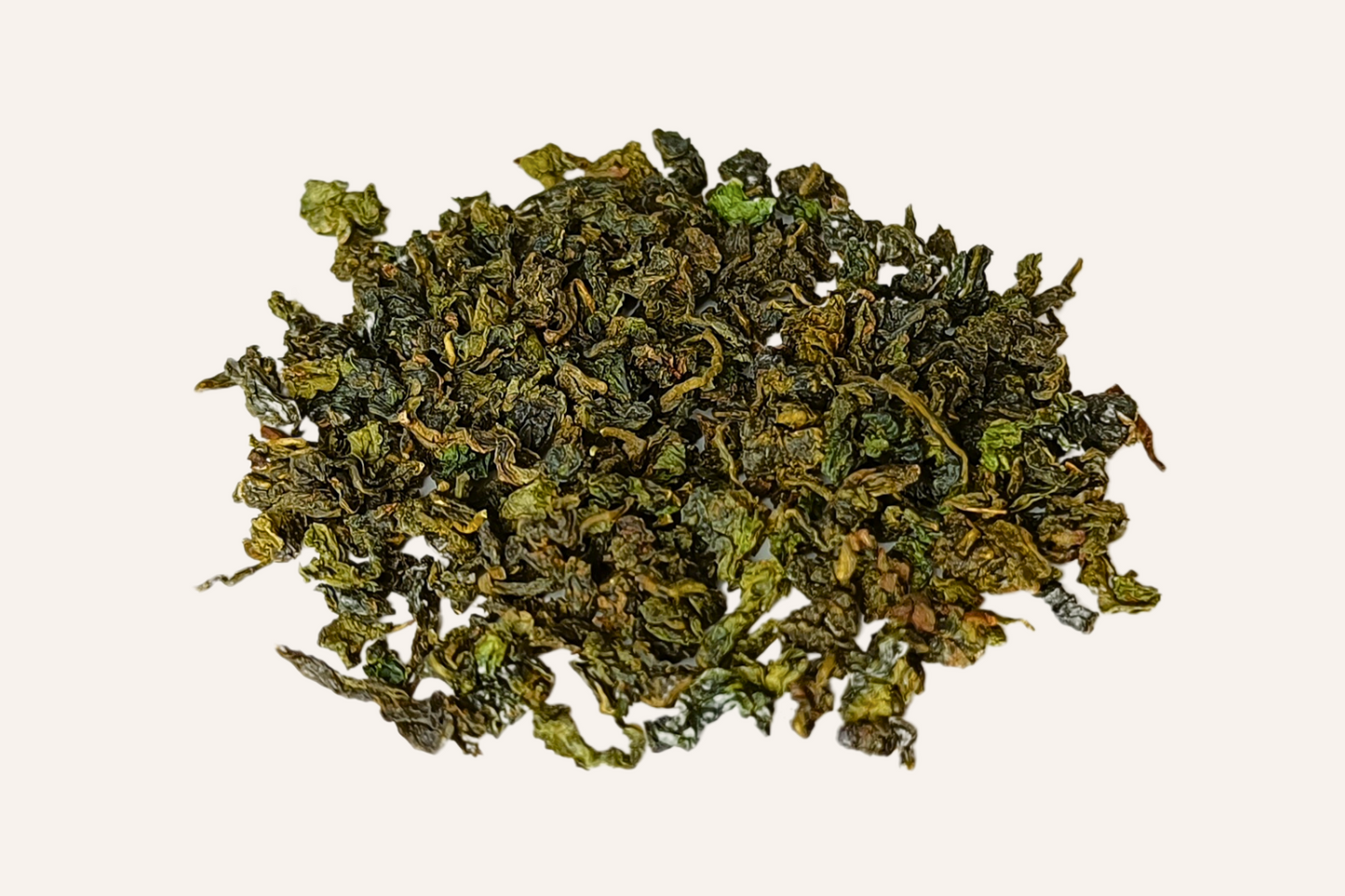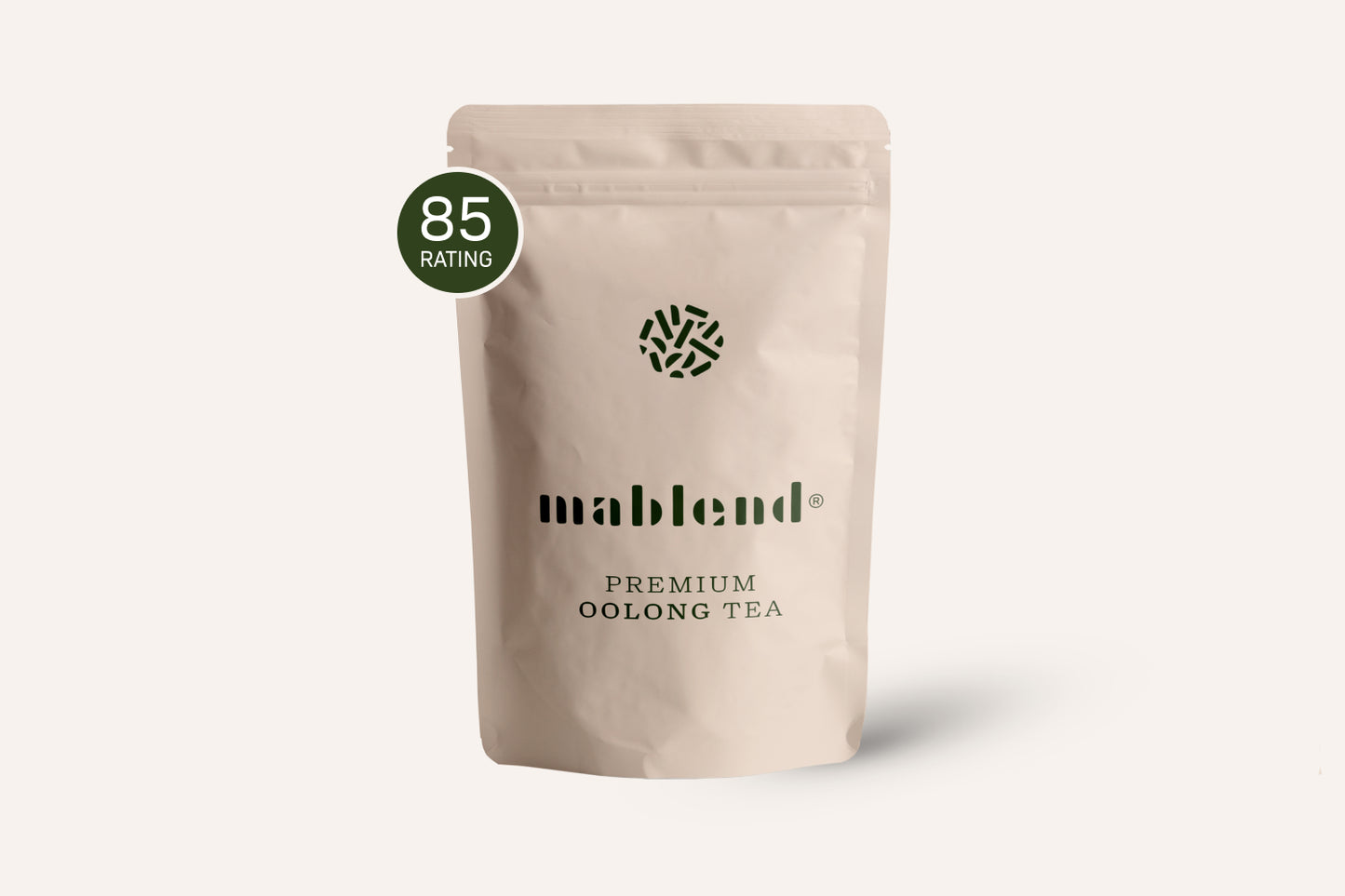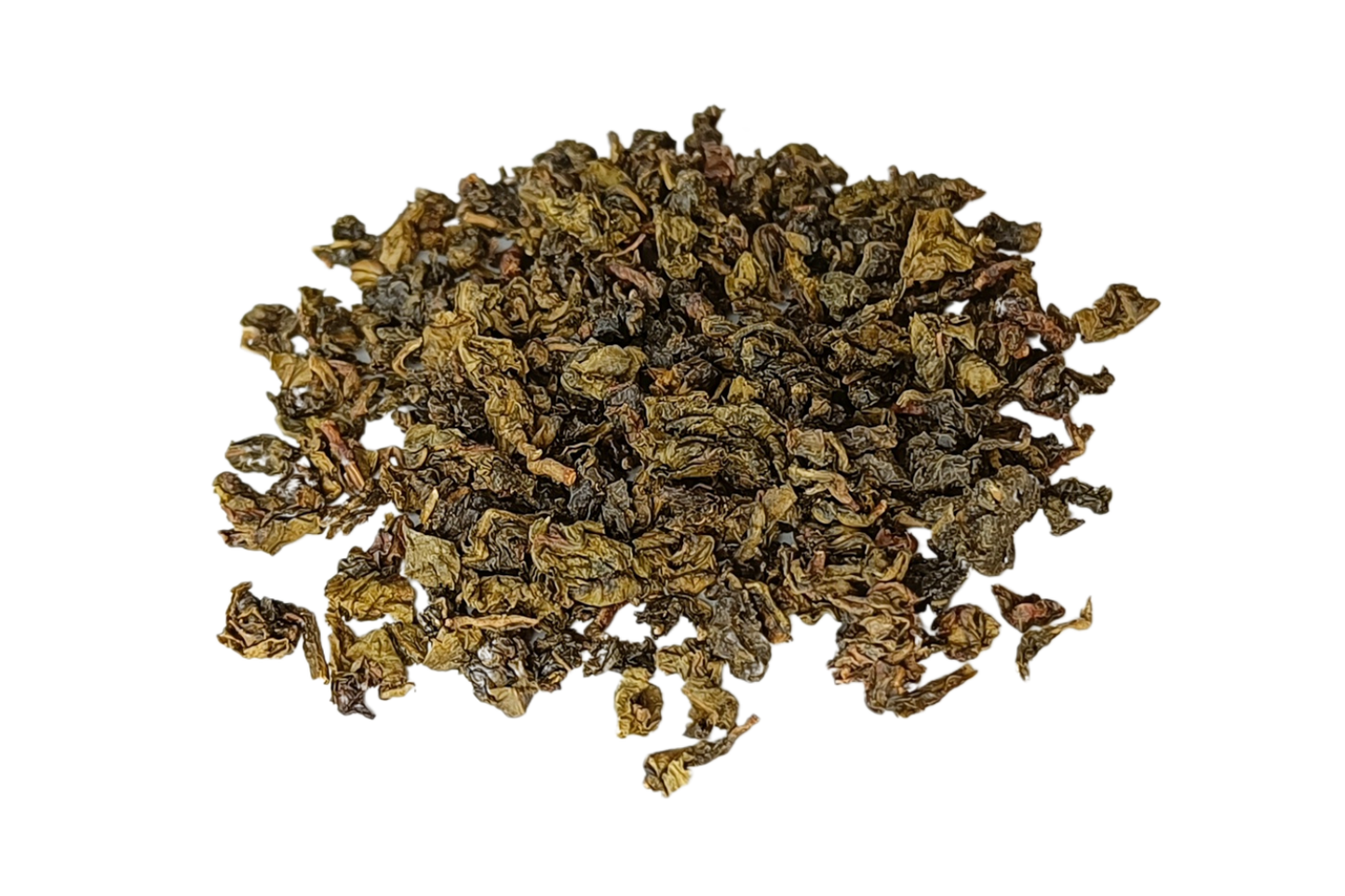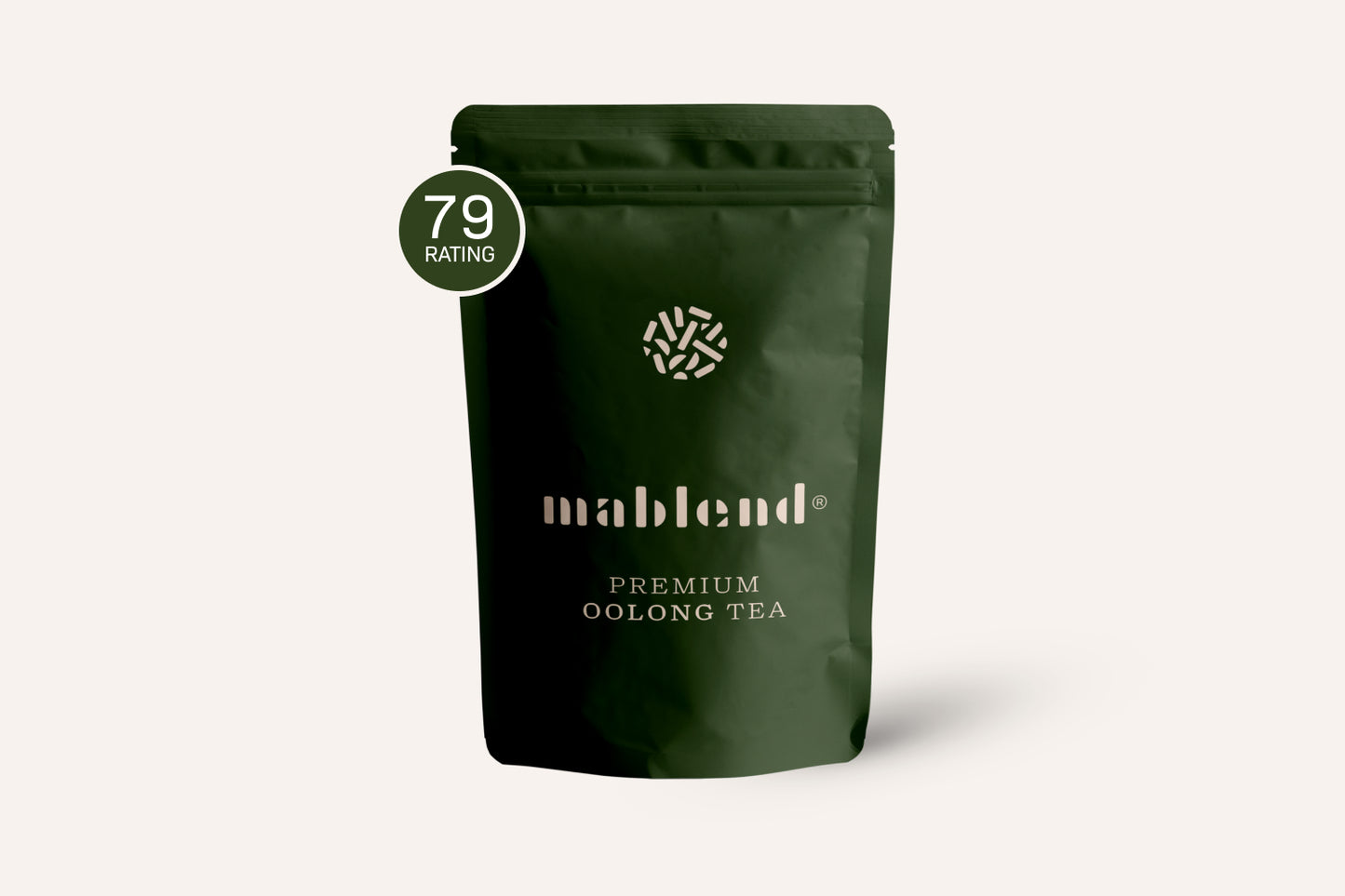Black tea, known as "red tea" in China, is one of the most consumed teas in the world. It is made from the leaves of the Camellia sinensis plant, which are wilted, rolled, oxidized and dried. This process gives the tea its characteristic dark color and rich, robust flavor.

Unlike green, white and oolong teas, which undergo less oxidation, black tea is completely oxidized. This oxidation creates the complex aromas and flavors that distinguish black tea from other teas.
Black tea contains more caffeine than other teas, making it a popular choice for those seeking an energy boost. It is often served with milk and sugar, especially in Western cultures, but can also be enjoyed neat.
The history of black tea: origin and distribution
The origins of black tea can be traced to ancient China, where it was first produced during the Ming Dynasty ( 1368-1644 ). In China, black tea is known as "red tea" because of the red color of the brewed liquid.

The production and consumption of black tea gradually spread to other parts of Asia, including India, where it became an integral part of tea culture. The British played a crucial role in spreading black tea west, and it quickly became a staple in countries such as the United Kingdom and the United States.
In India, the introduction of black tea led to the development of famous teas such as Assam, Darjeeling and Nilgiri. In Sri Lanka, formerly known as Ceylon, black tea became a major export and led to the creation of the famous Ceylon tea.
The history of black tea is one of innovation, colonization and cultural exchange. It has profoundly influenced the way people around the world experience and enjoy tea.
Types of Black Tea and Their Meaning: Ceylon, Darjeeling, Assam and More
Black tea is a versatile drink with a wide range of flavors and aromas. The different types of black tea are often named according to their region of origin, and each region offers unique characteristics that influence the taste and aroma of the tea.
Assam
Assam tea comes from the Assam region of India and is known for its rich, malty flavor and dark color. It is one of the largest tea producing regions in the world and the tea is often used in traditional English breakfast blends.
Darjeeling

Darjeeling tea is grown in the Darjeeling hills of West Bengal, India. It is known as the "Champagne of Tea" because of its delicate taste and floral aroma. There are several "flushes" or harvests of Darjeeling tea, each with a unique flavor.
Ceylon
Ceylon tea comes from Sri Lanka, formerly known as Ceylon. It offers a wide range of flavors, ranging from light and citrusy to rich and robust, depending on the region where it is grown.
Earl Grey
Earl Gray is a famous flavored black tea, infused with bergamot oil. It has a distinctive citrusy flavor and is named after a 19th century British Prime Minister.
Other Varieties
There are many other types of black tea, including Lapsang Souchong, a smoky tea from China, and Nilgiri from southern India, known for its fruity and fragrant character.
These different types of black tea offer a wide range of flavors and experiences for tea lovers. They reflect the rich diversity of tea culture and the influence of terroir, production methods and traditions on the final taste of the tea.
How is black tea made?
The production of black tea is a careful and complex process that determines the unique taste and aroma of the tea. Here are the most important steps:
- Wilting : The freshly picked tea leaves are spread out to wilt, which causes them to lose their moisture and become more pliable.
- Rolling : The wilted leaves are rolled to break the cell walls and release the enzymes and oils that contribute to the tea's flavor.
- Oxidizing : The rolled leaves are exposed to air, causing a chemical reaction that darkens the leaves and develops flavor.
- Drying : The oxidized leaves are dried to stop the oxidation process and preserve the tea.
- Sorting : The dried leaves are sorted by size and quality, and any stems or unwanted particles are removed.
- Packaging : The graded tea is packaged for distribution and sale.
These steps may vary depending on the specific type of black tea and the traditions of the region where it is produced.
How to prepare black tea

Brewing a perfect cup of black tea requires attention to detail and knowledge of the specific tea you are preparing. Here are some general guidelines:
- Water Temperature : Black tea is usually brewed with water that is just off the boil, around 90-100°C.
- Tea Quantity : Use approximately one teaspoon of loose tea per cup.
- Steeping : Allow the tea to steep for 3 to 5 minutes, depending on your taste preference. Longer steeping times will produce a stronger flavor.
- Additives : Black tea can be enjoyed with or without additives such as milk, sugar, honey or lemon.
- Special Preparations : Some black teas, such as Darjeeling, may require a lower water temperature and shorter steeping time.
Understanding the nuances of the specific black tea you're preparing can help you brew the perfect cup that brings out the tea's unique flavors and aromas.
What are the benefits of black tea?
Black tea is not only a tasty and invigorating drink, but it also has several potential health benefits:
- Heart health : Studies have shown that regular consumption of black tea can contribute to heart health by lowering blood pressure and cholesterol levels ( source ).
- Antioxidants : Black tea contains antioxidants such as flavonoids that can help fight cell damage and reduce inflammation.
- Digestion : The tannins in black tea can aid digestion and help with stomach problems.
- Energy boost : With a moderate caffeine content, black tea can provide an energy boost without the jitter sometimes associated with coffee.
- Oral health : Black tea contains substances that can inhibit the growth of bacteria in the mouth, which can contribute to better oral hygiene.
- Weight management : Some research suggests that black tea may contribute to weight loss and increase metabolism.
The health risks of excessive consumption of black tea
Although black tea offers many benefits, there are also some potential risks associated with excessive consumption:
- Caffeine-related problems : Too much black tea can lead to insomnia, nervousness and other caffeine-related side effects.
- Iron absorption : The tannins in black tea can hinder the absorption of non-heme iron from plant foods, which can be a problem for people with an iron deficiency.
- Bone health : Some studies have linked excessive tea consumption to a reduction in bone density, although this topic is still being researched.
- Interaction with medications : Black tea may interact with certain medications, such as beta blockers, so it is important to talk to a healthcare provider if you take medications regularly.
As with many things, moderation is key. Enjoying black tea as part of a balanced diet can maximize the benefits and minimize the potential risks.
How much black tea can you drink per day?

Black tea is a delicious and healthy drink, but as with many things, moderation is important. Here are some considerations for daily black tea consumption:
- Caffeine content : Black tea contains caffeine, and although it is less than in coffee, excessive consumption can lead to insomnia, nervousness or other side effects. The average cup of black tea contains approximately 40-70 mg of caffeine.
- Individual Sensitivity : Some people are more sensitive to caffeine and may have limitations based on health status or personal preference.
- General Guideline : For most people, it is considered safe to consume 3 to 5 cups of black tea per day. This falls within the general caffeine intake recommendation of up to 400 mg per day for most adults.
- Consult with a Healthcare Provider : If you have specific health conditions or are taking medications that may interact with black tea, it is advisable to consult with a healthcare provider about the right amount for you.
The role of black tea in traditional medicine and wellness
Black tea has a rich history not only as a popular beverage but also as a component in traditional medicine and wellness practices:
- Chinese Medicine : In traditional Chinese medicine, black tea is sometimes used to aid digestion, improve blood circulation, and treat certain conditions such as diarrhea.
- Ayurveda : In Ayurvedic medicine, black tea is used to balance the "Vata" dosha and can aid in digestion and relieve cold symptoms.
- Wellness and Mindfulness : The ritual of making and drinking tea can provide a moment of mindfulness and relaxation. Tea ceremonies and rituals are a way to promote connection and reflection in many cultures.
- Research on Health Benefits : There is ongoing research into the potential health benefits of black tea, including its effects on the heart, digestion and immune system.

What is better, green or black tea?
The comparison between green and black tea is a common question among tea lovers and health-conscious individuals. Both types of tea have unique characteristics and benefits:
- Taste : Black tea has a richer and more robust flavor, while green tea is often lighter and fresher. The choice may depend on personal taste preferences.
- Caffeine content : Black tea generally contains more caffeine than green tea, which may make it a better choice for those seeking an energy boost.
- Antioxidants : Both teas contain antioxidants, but the types and amounts may differ. Green tea is known for its high content of catechins, while black tea contains more theaflavins.
- Health benefits : Both green and black tea have potential health benefits, including heart health and weight management. The specific benefits may vary based on the compounds in each tea.
- Preparation : Preparation methods also differ, with green tea often requiring a lower temperature and shorter steeping time.
What is the difference between white, green, oolong and black tea?

The different types of tea, including white, green, oolong and black tea, all come from the same plant, Camellia sinensis, but differ in their processing methods and properties:
- White Tea : This is the least processed tea and is made from young leaves and buds. It has a delicate taste and contains less caffeine.
- Green Tea : Green tea is minimally oxidized, resulting in a lighter color and fresh taste. It is known for its high antioxidant content.
- Oolong Tea : Oolong tea is partially oxidized, giving it a taste somewhere between green and black tea. It has a wide range of flavors and aromas.
- Black Tea : Black tea is completely oxidized, resulting in a dark color and rich, robust flavor. It contains more caffeine than other teas.
- Processing : The differences in these teas come from the way they are processed, including the steps of withering, rolling, oxidizing, and drying.
- Health benefits : While all teas can provide health benefits, the specific benefits vary based on the compounds in each tea.
